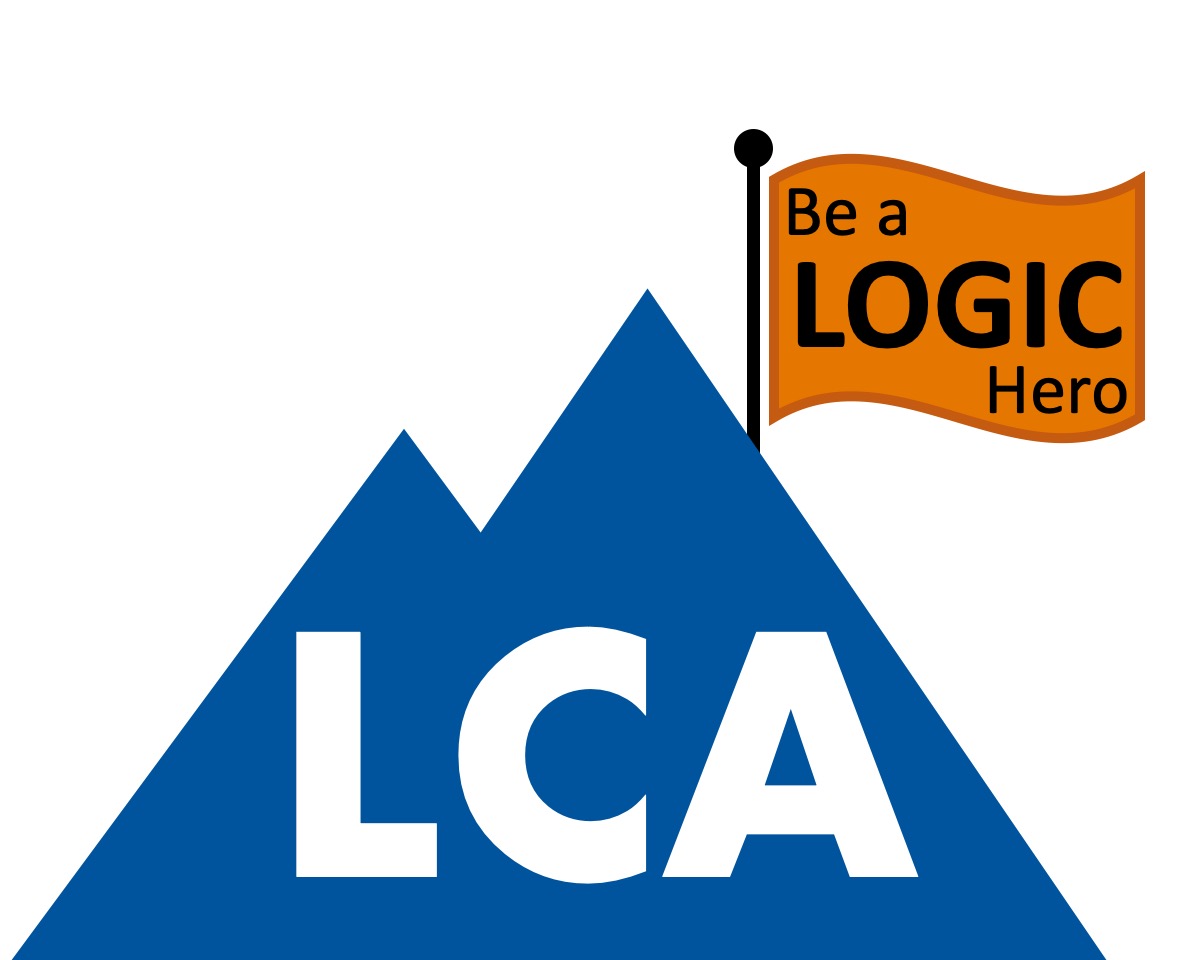1.3 Logic and Form
1.3 Logic and Form
There are many ways to study logic. The way we take in this book is called formal or symbolic logic because we will study the form of reasoning and inferences.
The form of something is its structure, a repeatable pattern. For example, consider a form used to make something out of cement or concrete: you can reuse the form to make many objects that have the same shape.
Sentences, arguments, and rules of reasoning all have form.
This is easiest to see with an example. Here's a form we can reuse to make sentences that share a structure:
If ___ didn't bring an umbrella, then ___ is going to be wet.
We insert a name in the gaps, sort of like pouring concrete into a form, in order to build a sentence:
If Pia didn't bring an umbrella, then Pia is going to be wet.
Then we can reuse that form to make another sentence with the same structure.
If Quinn didn't bring an umbrella, then Quinn is going to be wet.
In order to make it clear that the same name has to go into both gaps, we put a symbol there. For example,
If X didn't bring an umbrella, then X is going to be wet.
Replacing words with symbols is how we reveal the form of a sentence. Let's practice.
Here's why form is a powerful tool.
Imagine you know Quinn. He’s an old friend from high school, but you rarely see him these days. Even though he’s always been a bit wild and sometimes rubs people the wrong way, you’ve always thought he’s a decent guy.
The Chief knows this. He also thinks you are new and inexperienced, and can’t suppress your personal feelings when you need to.
So instead of giving you the original file, he gives you a copy with all the names replaced with letters.
After a long night of work, this time what you’ve figured out is this:
- One or more of these people is guilty: P, Q, and R.
- No one else was involved.
- If P is guilty, then so is Q.
- R never works alone.
When we replaced the names with letters or symbols, we ignored parts of those sentences.
But we preserved something too: we kept the structural connections between the sentences. That is what we mean by form. The letter Q appeared in the first two sentences, creating a relation between them.
The amazing thing is that to reason the way you did you only needed those structural relations. It’s not just that you could still figure out who is guilty, by reasoning in a more difficult or complicated way. You could figure it out in the exact same way.
The fact that reasoning depends on form or structure in this way was a huge intellectual discovery, sort of like the discovery that the earth revolves around the sun. It is what makes the whole body of knowledge that you learn in this course possible.
Formal or symbolic logic is not the only way to study logic, but it has proven to be particularly powerful. In this course we will learn how the same formal tools that allow us to study how a Sudoku puzzle works, or to prove that some politician’s argument is bad, are also what make the microprocessor in your phone or computer work.
At the end of some sections we will have additional practice problems, when mastering some concept essential for progressing.
The concept of form is critical to the rest of this book--after all, books like this are often given names like "Formal Logic"--so you have to figure out this puzzle before you finish the section:
